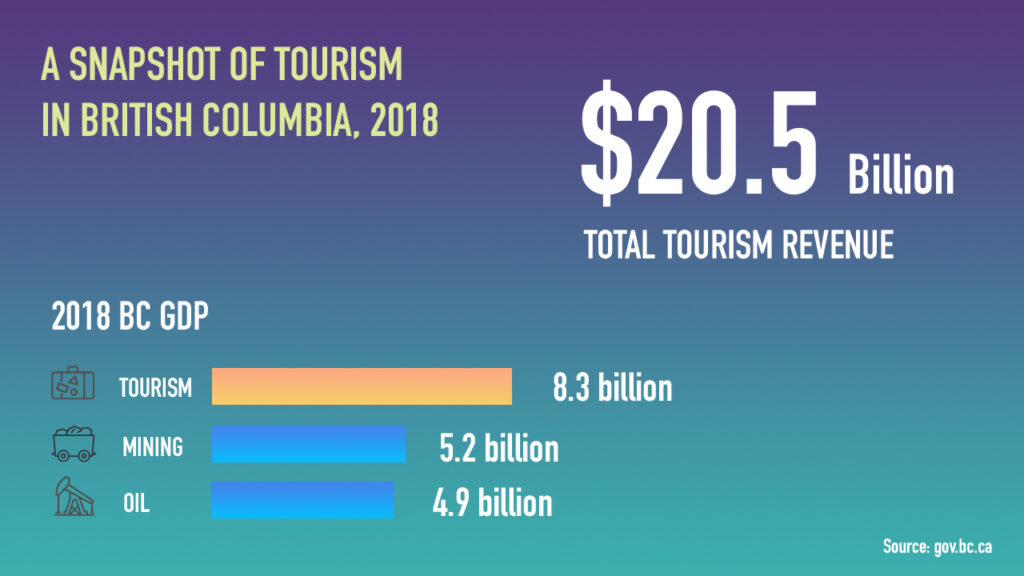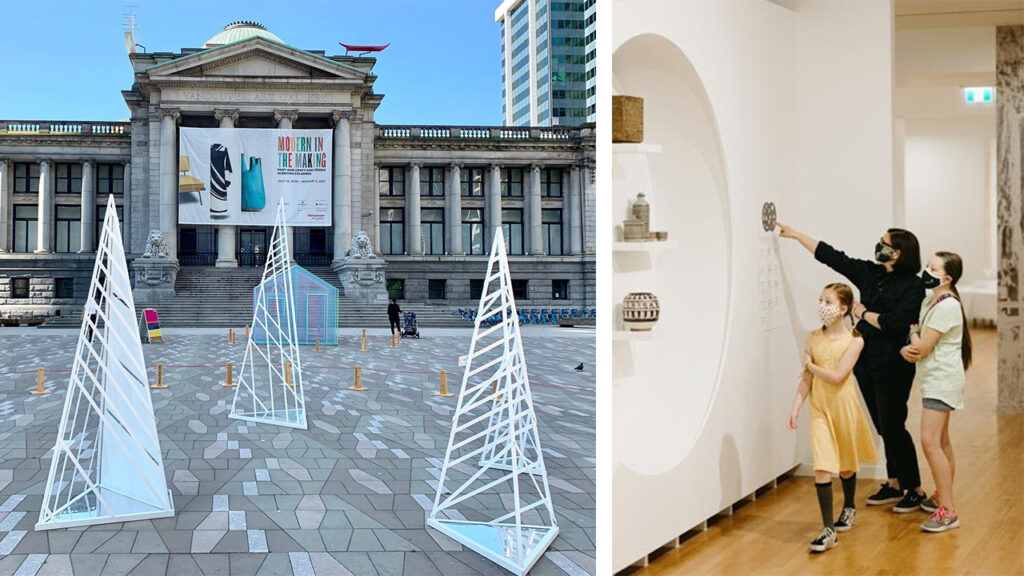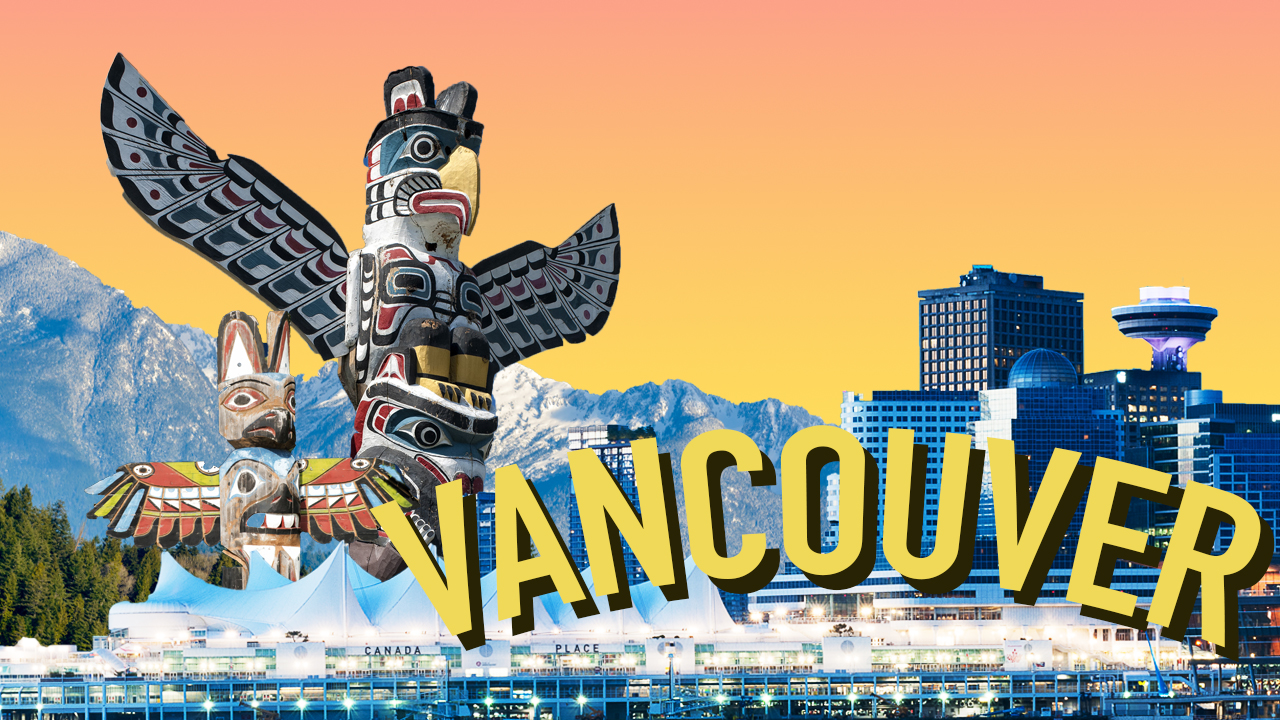The acrid aroma of hand-sanitizer is one that now necessarily accompanies most every daily action. And for Lulu Island Winery, a 12-acre vineyard half an hour from downtown Vancouver, this presented an opportunity to supply urgently needed disinfectants to local hospitals and nursing homes and, in the long-term, expand its revenue channels.
Made from 100 percent grape juice, the vineyard, which takes particular pride in its icewine, donated the first 2,000 bottles to frontline workers before beginning general sales of its natural, non-pungent product. Alongside increasing its e-commerce efforts, working with delivery platforms, and hosting online tasting sessions, the swift pivot of a winery to produce hand-sanitizer compensated for lost visitation revenue is reflective of broader efforts across Metro Vancouver attractions.
Despite entering Phase 3 reopening in June, which allows for travel within British Columbia, early estimates suggest the province is set to lose three-quarters of the $15 billion generated annually by tourism. The southern border remains closed, depriving Vancouver of its largest tourist market, and long-haul visitation is not expected to return in force until at least mid-2021, factors which are pushing attractions to focus on stimulating local spending.

Tourism contributed more to BC GDP than any other primary resource industry in 2018. Image: Peter Huang
The city’s destination marketing organization (DMO), Tourism Vancouver, is at the center of this recovery strategy, a move symbolized by the #VancouverComeBack initiative it launched in early summer.
“The campaign aims to unite locals with the spirit of travel and encourages Metro Vancouverites to come back to experiences and businesses that make the destination special,” says acting CEO, Ted Lee, “residents will play a crucial role in supporting local businesses.”
Aside from providing guidance to organizations concerned about compliance and profitability under new safety standards, the initiative includes a centralized online hub connecting residents with the latest information and promotions of attractions, hotels, and tourism related businesses.
One organization leveraging Tourism Vancouver’s network is Vancouver Art Gallery. Since reopening in mid-June, it’s run coordinated social media campaigns targeting local tourists alongside a group of Vancouver attractions.
The not-for-profit in the heart of Vancouver has adapted its operations, introducing timed-ticketing, additional cleaning protocols, and contact tracing. It also extended its Friday hours to accommodate post-work visitation and continued a push started under lockdown to diversify digital programming with Art Connects, a series of weekly talks and performances, and the family-focused Art At Home.
“We can help bring the city back to life,” says the Gallery’s Director of Marketing and Communications, Larah Luna, “in times of adversity, art can provide opportunities for healing, laughter and joy.”

The Vancouver Art Gallery re-opened on June 15, 2020. Procedures have been put in place to ensure the health and safety of all visitors. Image: VAG
Adopting thorough health and safety mechanics is essential, but can only go so far in convincing understandably cautious Vancouverites to spend leisure time in enclosed public spaces. The city’s regional parks have seen year-on-year visitation increase by more than 60 percent and one attraction benefitting from this trend is the Greater Vancouver Zoo.
“We are having a fantastic summer,” said the zoo’s Marketing Coordinator Cody Gampe via email, “we’re offering guests an escape into nature with more than ample room for social distancing.”
Outdoor attractions such as the Greater Vancouver Zoo, water sports companies, and whale-watching tour operators may have an easier time encouraging local consumption, but the concern is that a second COVID-19 wave will undermine any fledgling optimism.
Again, Tourism Vancouver’s role as community organizer will prove pivotal.
“If and when there’s another disruption to the industry, we already have a mechanism to fall back on,” says Lee, though he admits that from an organizational standpoint the pandemic has forced a reassessment of business continuity plans and funding sources.
This process is already under way with the Tourism Industry Association of British Columbia requesting more than $500 million from the federal government to help save an estimated 100,000 jobs — funding that Vancouver Art Gallery’s Luna says will be essential for the culture sector.
“There were already vulnerabilities for non-profit art institutions before COVID-19, but more than ever art institutions will have to lean on the generous support from the government.”
But for private attractions and tourism stakeholders, it’s a case of riding the ‘normalized’ travel climate while it lasts.
Lulu Island Winery has begun offering wine tasting tours again and has been “pleasantly surprised” by the numbers, even if the revenue from events has been significantly impacted.
Longer term stability, however, depends on the return of the more than 11 million international tourists that visit Vancouver each year — and that’s a problem with no clear resolution.




